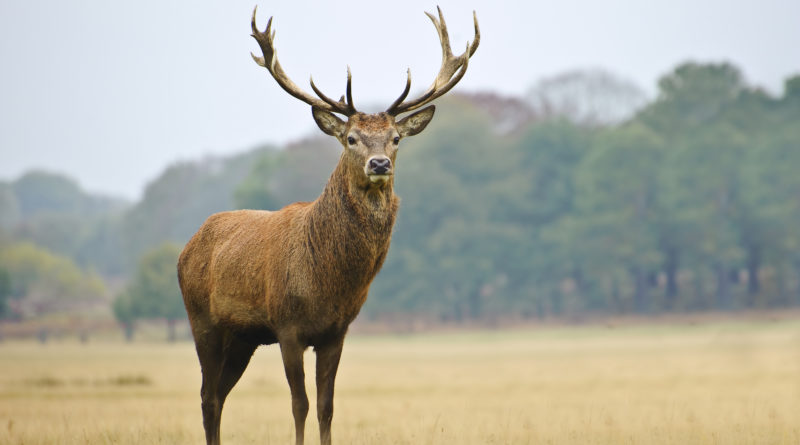Could “Zombie Deer Disease” Affect Humans?
1,839 total views, 1 views today
The phrase “zombie deer disease” sounds like something pulled straight from an apocalypse movie, but it’s not. Zombie deer disease, scientifically known as chronic wasting disease (CWD), is an infectious disease surging among deer in the Midwest, and some experts are saying it could pose a danger to people as well.
According to the CDC, “Animal studies suggest CWD poses a risk to some types of non-human primates, like monkeys…. These studies raise concerns that there may also be a risk to people.” Although there are not yet any cases of humans contracting CWD, the CDC indicates that a person who eats the meat of an infected animal could contract the disease. Ingesting CWD-contaminated water and food could also lead to infection. And once an animal, human or otherwise, has the disease, there is very literally no surviving it.
Chronic wasting disease is always fatal, according to CBS. Iowa’s Division of Natural Resources wildlife chief Dale Garner told CBS Chicago, “There’s no cure so far. So as long as you have deer on the landscape, and it continues to spread from animal to animal, you’ll probably have more.” In other words, the rise of CWD in the Midwest seems to indicate that more and more deer, elk, and moose will contract, and succumb to, the disease in the near future.
More cases of CWD in wildlife could increase the possibility of humans contracting the disease. As Michael Osterholm, director of the Center for Infectious Disease Research and Policy at the University of Minnesota, told the state’s lawmakers recently, “It is probable that human cases of chronic wasting disease associated with consumption with contaminated meat will be documented in the years ahead…. It’s possible the number of human cases will be substantial, and will not be isolated events.”
Not everyone is worried, though. Lindsay Thomas Jr., director of communications for the wildlife conservation organization Quality Deer Management Association, told USA Today that CWD symptoms don’t always manifest in the animals infected with it. Thomas says infected animals resemble dementia patients more closely than they do zombies: confused and dazed rather than rabid and aggressive. “You cannot eyeball a deer and say if it has CWD,” he said to USA Today before clarifying that the disease so ravages the brain that the wildlife infected with it likely won’t even have the capacity to approach a person.
Some health and disease experts share Thomas’ lack of concern. In response to a recent story confirming the presence of CWD in New York deer, the state’s Department of Environmental Conservation (DEC) told local affiliate News 10 NBC that CWD “has not been found in New York since 2005. New York State successfully stopped CWD from spreading in the state with a rapid response plan. DEC has vigorous controls and there has been no movement of CWD into New York.”
Whether or not CWD will come to infect humans in the future, it’s important to recognize the symptoms of the disease. According to Knoxville CBS affiliate WVLT 8, the signs that an animal is infected with CWD include “loss of appetite, excess salivation, weight loss, excessive thirst and urination, listlessness, teeth grinding and lowering the head and drooping of the ears.” For now, though, it’s safe to assume that we won’t be seeing these symptoms in humans immediately — the zombie apocalypse isn’t on the horizon.


Is this what the old guys call blue tongue?